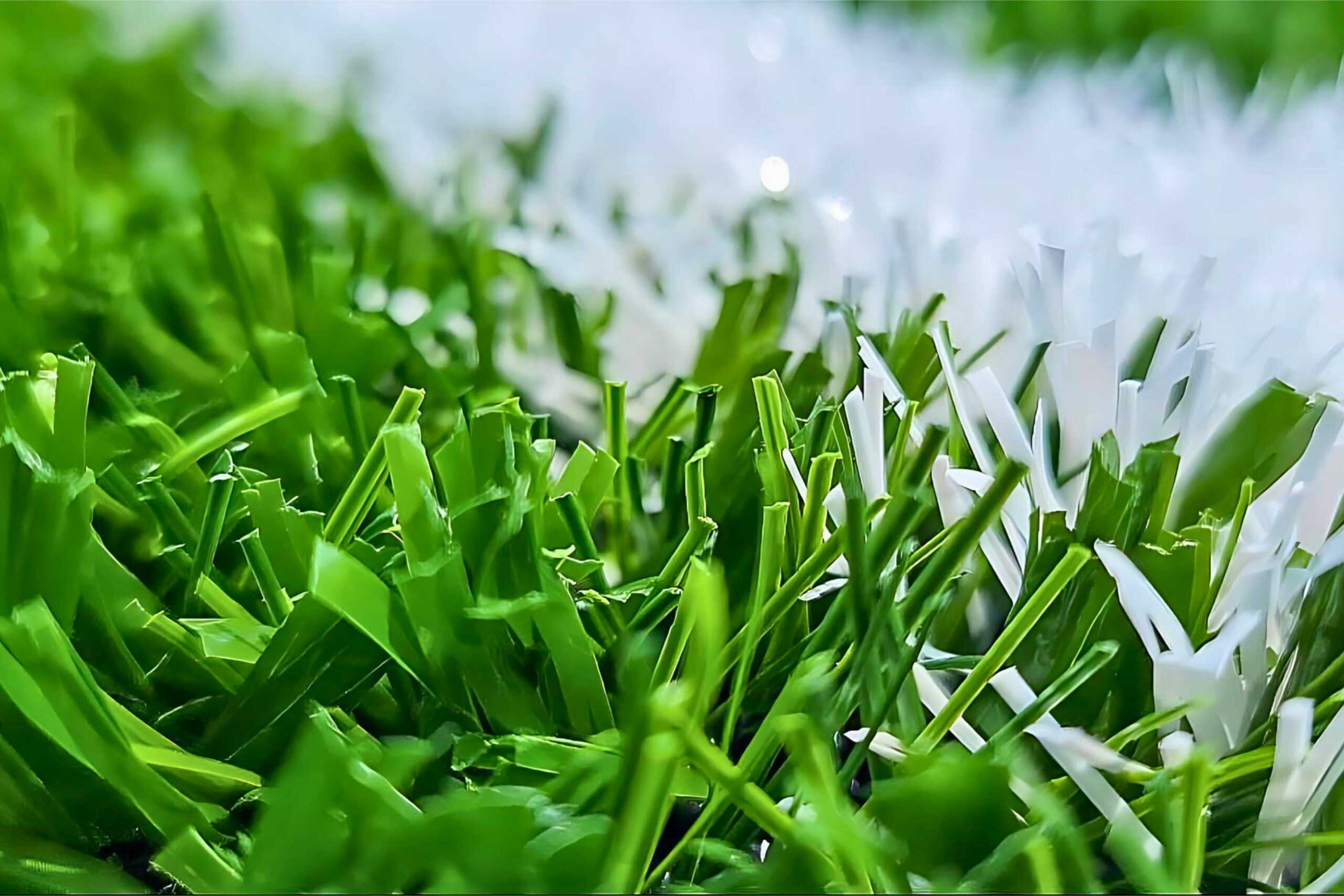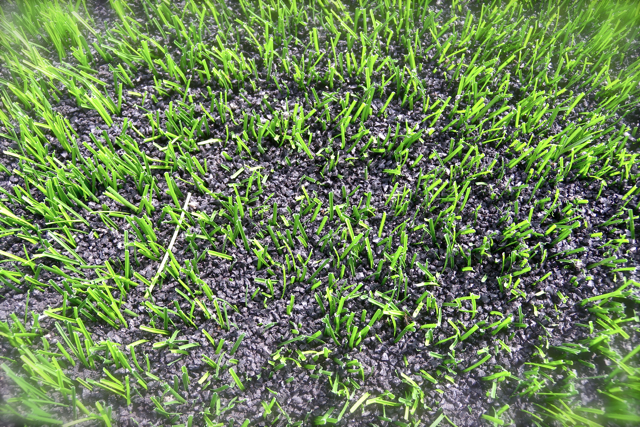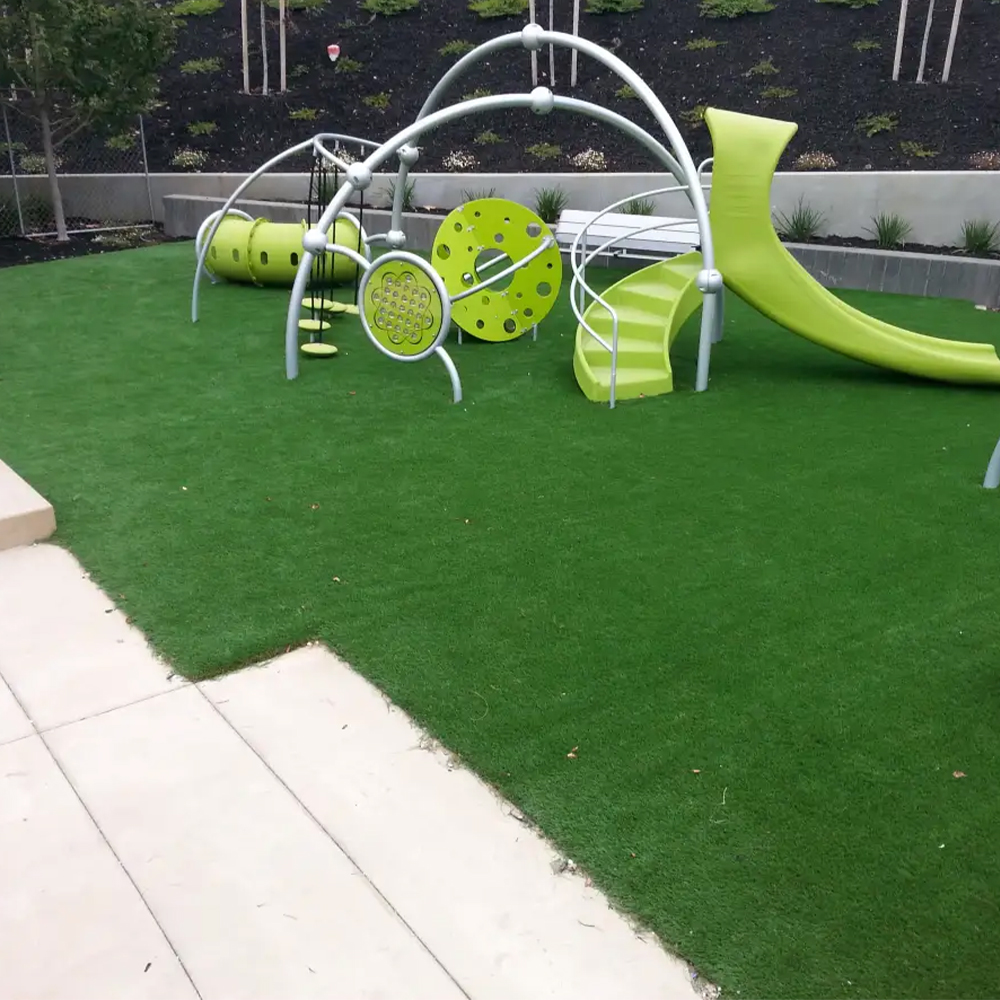Look Into the Environmental Perks of Opting for Artificial Grass Solutions
The adoption of fabricated lawn solutions provides a compelling opportunity to deal with pressing ecological challenges. By significantly reducing water usage and reducing the application of dangerous chemicals, these alternatives not just advertise lasting landscape design but likewise secure regional ecosystems.
Water Preservation Conveniences
One of the most significant benefits of man-made turf is its capacity to preserve water. In comparison, fabricated grass does not require watering, significantly lowering the total demand for water sources.
By removing the need for normal watering, man-made lawn adds to sustainable landscape methods and aids minimize the environmental influence of too much water consumption. In addition, the conservation of water encompasses the reduction of overflow, which can lead to soil disintegration and waterway air pollution.
Additionally, the installment of artificial grass enables communities and home owners to assign water sources a lot more successfully, concentrating on vital usages such as drinking water and agriculture. The change in the direction of synthetic grass not only promotes liable water usage but likewise aligns with more comprehensive ecological objectives focused on preserving all-natural resources.
As areas significantly focus on sustainability, the water preservation advantages of synthetic grass present an engaging case for its adoption in industrial and domestic landscaping jobs.
Reduced Chemical Usage
The transition to synthetic grass substantially lowers the reliance on chemical treatments frequently used in all-natural turf maintenance. Conventional grass monitoring typically involves the application of plant foods, herbicides, and chemicals to promote development and control parasites. These chemicals can posture threats to human health, local wild animals, and the environment, adding to dirt and water contamination.
In comparison, fabricated lawn eliminates the demand for these hazardous materials. By decreasing the launch of artificial compounds right into the ecosystem, synthetic lawn promotes much healthier dirt and water systems.
Furthermore, the absence of chemical runoff connected with fabricated turf setups helps safeguard neighborhood waterways from contamination, sustaining marine life and preserving biodiversity. Turf installation phoenix az. As areas significantly focus on sustainable techniques, choosing for synthetic grass offers a feasible solution that aligns with environmental preservation goals. Via this change, homeowner can appreciate lush environment-friendly rooms without compromising ecological wellness, paving the way for a much more sustainable future
Lower Carbon Footprint

Additionally, the setup of fabricated turf can cause substantial water conservation. Natural yards call for significant quantities of water for watering, which not just includes in the carbon impact connected with water extraction and therapy yet also strains local water sources. In comparison, fabricated grass requires very little upkeep, calling for no watering, consequently significantly decreasing water usage and its connected energy costs.
In addition, the longevity of synthetic turf adds to its decreased carbon influence. With a lifespan of approximately 15 years or even more, the demand for regular replacements is reduced, leading to less waste and lower power usage in production and getting rid of standard turf alternatives. On the whole, artificial lawn provides a sustainable option for eco aware landscape design.
Habitat Preservation
Habitat preservation is an essential consideration in the debate over landscape design selections, specifically when contrasting synthetic grass to all-natural turf. All-natural grass yards usually need comprehensive upkeep, including using herbicides, plant foods, and pesticides, which can detrimentally impact neighborhood ecological communities. These chemicals can seep into the soil and rivers, damaging indigenous plants and animals and disrupting regional environments.
On the other hand, artificial lawn offers an opportunity to lower the ecological impact of landscaping. By going with artificial turf, property owners can decrease the interruption of all-natural environments linked with conventional grass care techniques. Man-made lawn eliminates the requirement for harmful chemicals, therefore securing neighboring wildlife and maintaining the stability of bordering environments. The installation of man-made lawn can lead to the conversion of previous yard locations into even more biodiverse landscapes, such as pollinator yards or indigenous plant locations, which can sustain regional wildlife.
Ultimately, the transition to synthetic turf not just conserves water and reduces maintenance initiatives yet additionally promotes a much more harmonious relationship in between human tasks and the natural environment, promoting environment conservation at the same time.
Long-Term Sustainability
Lasting sustainability is an important consider assessing the advantages of synthetic grass over typical lawn lawns. Among one of the most considerable benefits of synthetic grass is its sturdiness; it can last up to 15-20 years with minimal maintenance, whereas all-natural lawn needs frequent reseeding and substitute. This durability reduces the demand for consistent sources, such as water, fertilizers, and chemicals, which are vital for maintaining a healthy yard lawn.
Additionally, fabricated grass adds to a reduction in carbon the original source emissions connected with lawn treatment equipment. Standard lawns often need gas-powered mowers, trimmers, and blowers, every one of which contribute to air contamination. Turf installation phoenix az. In comparison, synthetic grass eliminates the requirement for such tools, promoting a cleaner atmosphere
In addition, the manufacturing of artificial lawn progressively makes use of recycled materials, boosting its sustainability profile. As makers take on environment-friendly techniques, the environmental impact of synthetic grass proceeds to lessen.

Final Thought
The fostering of synthetic grass remedies provides considerable environmental benefits, including significant water conservation, reduced dependence on hazardous chemicals, and a lower carbon impact. Additionally, synthetic grass help in preserving all-natural habitats by decreasing land disruption and advertising lasting sustainability through making use of sturdy products. Collectively, these variables underscore the capacity of synthetic grass to add positively to ecological health and wellness and offer a practical option to typical landscape design techniques in a progressively resource-conscious globe.
In contrast, man-made grass does not need watering, dramatically lowering the overall need for water sources. By decreasing the release of synthetic compounds into the ecological community, fabricated turf promotes healthier soil and water systems.
Additionally, the installment of artificial turf can result in substantial water conservation. In contrast, synthetic lawn requires marginal maintenance, calling for no watering, thus find this considerably reducing water usage and its connected power prices.
